Understanding Sciatica and Its Causes
Sciatica is a condition that arises when the sciatic nerve, the largest nerve in your body, becomes compressed or irritated. This nerve runs from your lower back, through the buttock, and down each leg. Sciatica symptoms can include pain, tingling, or numbness, often radiating along the nerve’s path. Causes of sciatica vary but often stem from issues like herniated discs, lumbar spinal stenosis, or muscle spasms in the lower back.
Traditional treatment for sciatica often involves physical therapy, medications, and sometimes surgery. However, alternative therapies, such as inversion therapy, have gained attention as a potential treatment for sciatica pain and other back-related conditions. Let’s delve into how inversion therapy may provide relief.
What Is Inversion Therapy?
Inversion therapy involves hanging upside down or at an inverted angle using an inversion table to reduce the effects of gravity on the spine. This method aims to decompress the spine by allowing the vertebrae and discs to separate gently, relieving pressure on the nerves. The goal of inversion therapy is to provide relief from back pain, including sciatica, by improving spinal alignment and reducing nerve compression.
An inversion table indicated for back pain can be a helpful tool for people looking for a non-invasive treatment option. By suspending the body at an angle, often with the feet in the air, this therapy may help alleviate the pressure that contributes to sciatica symptoms.
How Does Inversion Therapy Work for Sciatica?
- Decompressing the Spine Inversion therapy helps decompress the spine, reducing the pressure on nerve roots, particularly the sciatic nerve. For individuals with herniated discs or single-level lumbar discogenic disease, this decompression may provide significant relief by encouraging the disc to retract into its normal position.
- Improving Blood Circulation Hanging upside down or at an angle promotes increased blood flow to the lower back and buttock muscles. This enhanced circulation may also increase the delivery of nutrients to damaged tissues, aiding recovery.
- Reducing Muscle Spasms Muscle spasms are a common contributor to low back pain and sciatica. By stretching and relaxing the muscles, inversion therapy can help relieve tension, reducing the pain and discomfort associated with muscle spasms.
- Encouraging Spinal Traction Spinal traction provided by inversion therapy helps relieve back pain and sciatica by gently stretching the spine. This can reduce compression on the discs and nerve roots, offering short-term relief from sciatic nerve pain.
Benefits of Inversion Therapy for Sciatica
1. Short-Term Relief from Sciatica Pain
Many people report experiencing immediate, albeit temporary, relief after using inversion therapy. This therapy may provide relief by addressing the root cause of the pain—pressure on the sciatic nerve.
2. Improved Flexibility and Mobility
Regular use of an inversion table helps users stay flexible by stretching the spine and surrounding muscles. This is particularly beneficial for those with chronic low back pain or stiffness.
3. Alternative to Surgery
For individuals with conditions like disc protrusions or radiculopathy, inversion therapy may help reduce the need for more invasive treatments. While it isn’t a cure-all, it can complement a conservative treatment plan.
Are There Risks?
While inversion therapy offers potential benefits, it isn’t safe for everyone. People with glaucoma, high blood pressure, or certain heart conditions should avoid this therapy. Always talk to your doctor or physical therapist before starting inversion therapy, especially if you have underlying health conditions.
Tips for Safe Use of an Inversion Table
- Start Slowly: Begin at a gentle angle and gradually increase over time to allow your body time to adjust.
- Limit Sessions: Use the inversion table for 5 to 20 minutes at a time to avoid discomfort.
- Consult a Healthcare Provider: Always discuss with your doctor or physical therapist to ensure it’s the right option for your condition.
- Listen to Your Body: If you experience pain or dizziness, stop immediately.
Studies on Inversion Therapy
A pilot randomized trial on inversion therapy in patients with lumbar disc disease showed promising results. The therapy may provide short-term relief and reduce the risk of low back surgery when used alongside other treatments. However, more extensive studies are needed to confirm its long-term efficacy.
Complementary Practices
To maximize the benefits of inversion therapy for sciatica, consider incorporating other practices:
- Physical Therapy: Working with a physical therapist can complement inversion therapy by strengthening the lower back and improving posture.
- Yoga Poses: Gentle yoga poses may help relieve back pain and promote spinal flexibility.
- Using Cold or Heat Therapy: Alternating between hot and cold compresses can reduce inflammation and improve comfort.
Who Should Use Inversion Therapy?
Inversion therapy is a great way to self-treat conditions like sciatica due to herniated discs or compressed nerves. It’s especially beneficial for those seeking non-invasive back pain relief. However, it’s essential to discuss your treatment plan with a healthcare provider to ensure safety.
Final Thoughts
Inversion therapy may help relieve back pain and sciatica symptoms by decompressing the spine, reducing pressure on the sciatic nerve, and promoting better spinal health. While it’s not a one-size-fits-all solution, it can be a valuable part of a comprehensive treatment plan. Remember to consult with a doctor or physical therapist before starting, and enjoy the potential benefits of this innovative therapy.
Turn self-care into a pleasant procedure and enjoy the visible results, giving your face freshness and youth with our facial massager!
Key Takeaways
- Inversion therapy involves hanging upside down or at an angle to decompress the spine.
- It may provide relief for sciatica by reducing pressure on the sciatic nerve and improving circulation.
- Start slowly and consult a healthcare provider to ensure safe and effective use.
- Combine with physical therapy and other practices for the best results.
- Not suitable for everyone; avoid if you have glaucoma or high blood pressure.


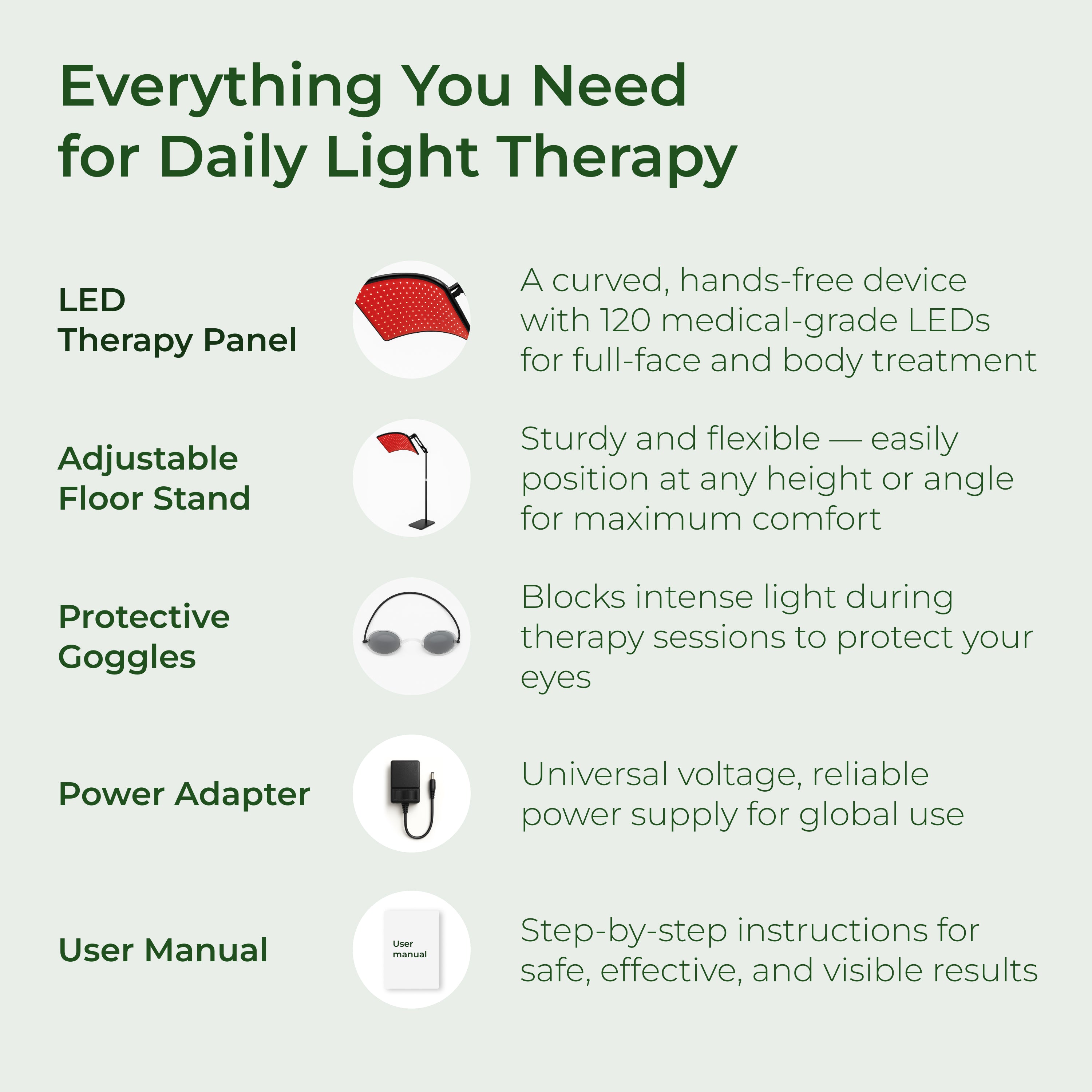




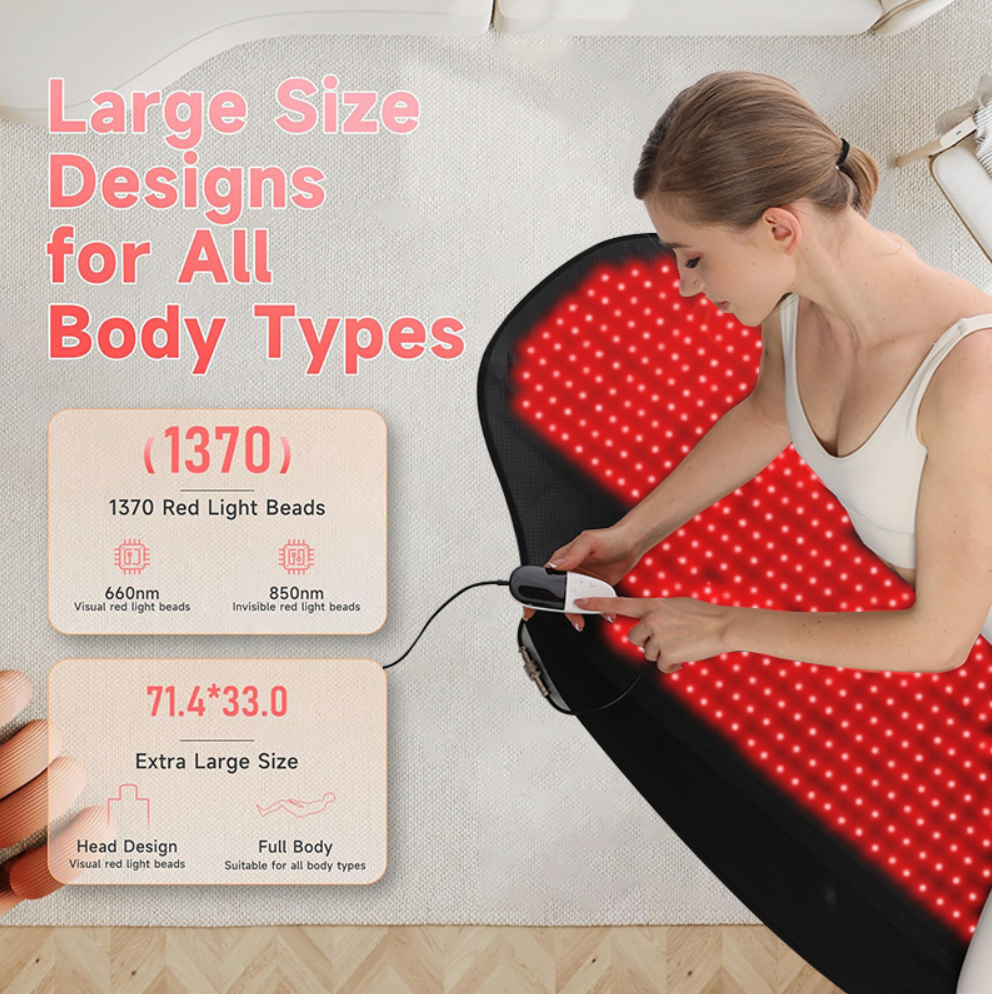
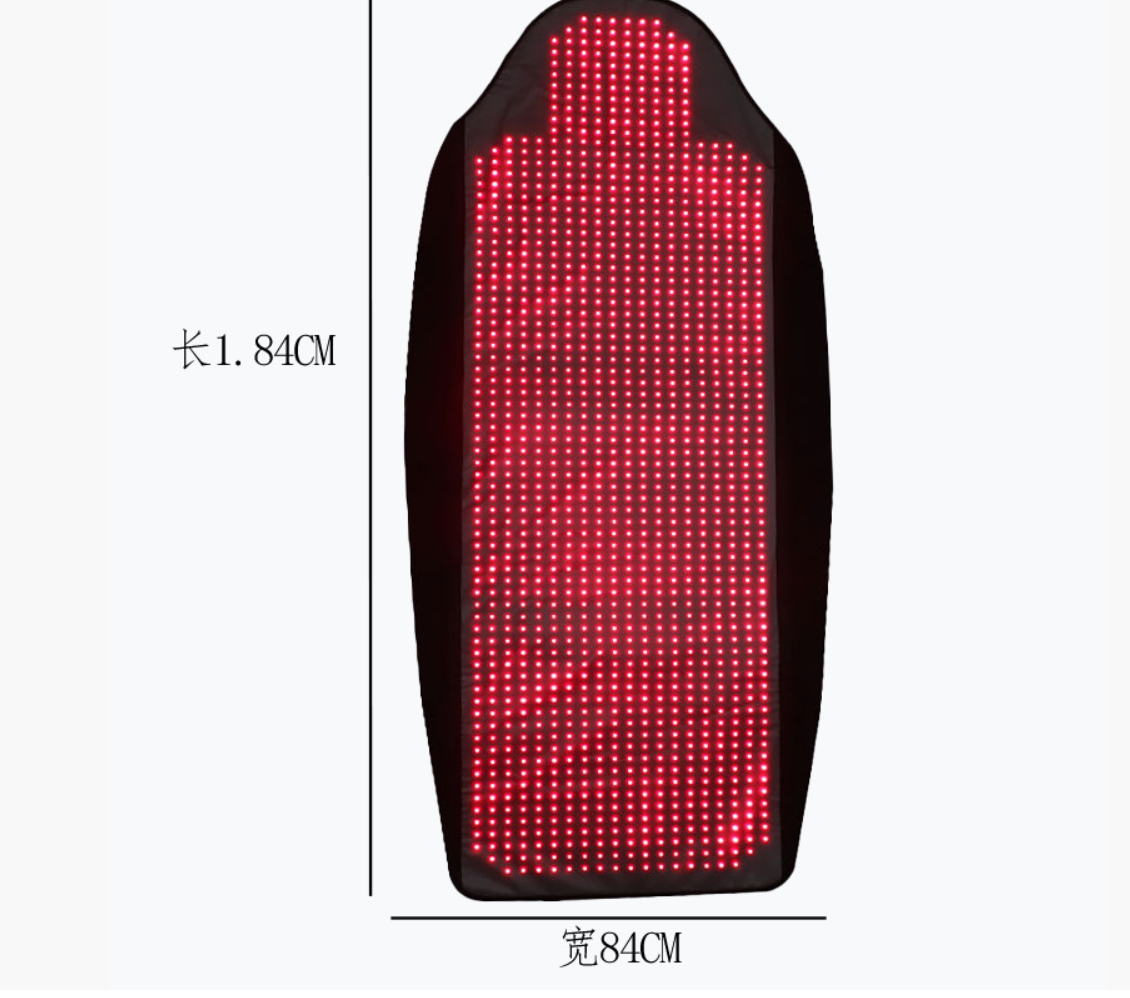
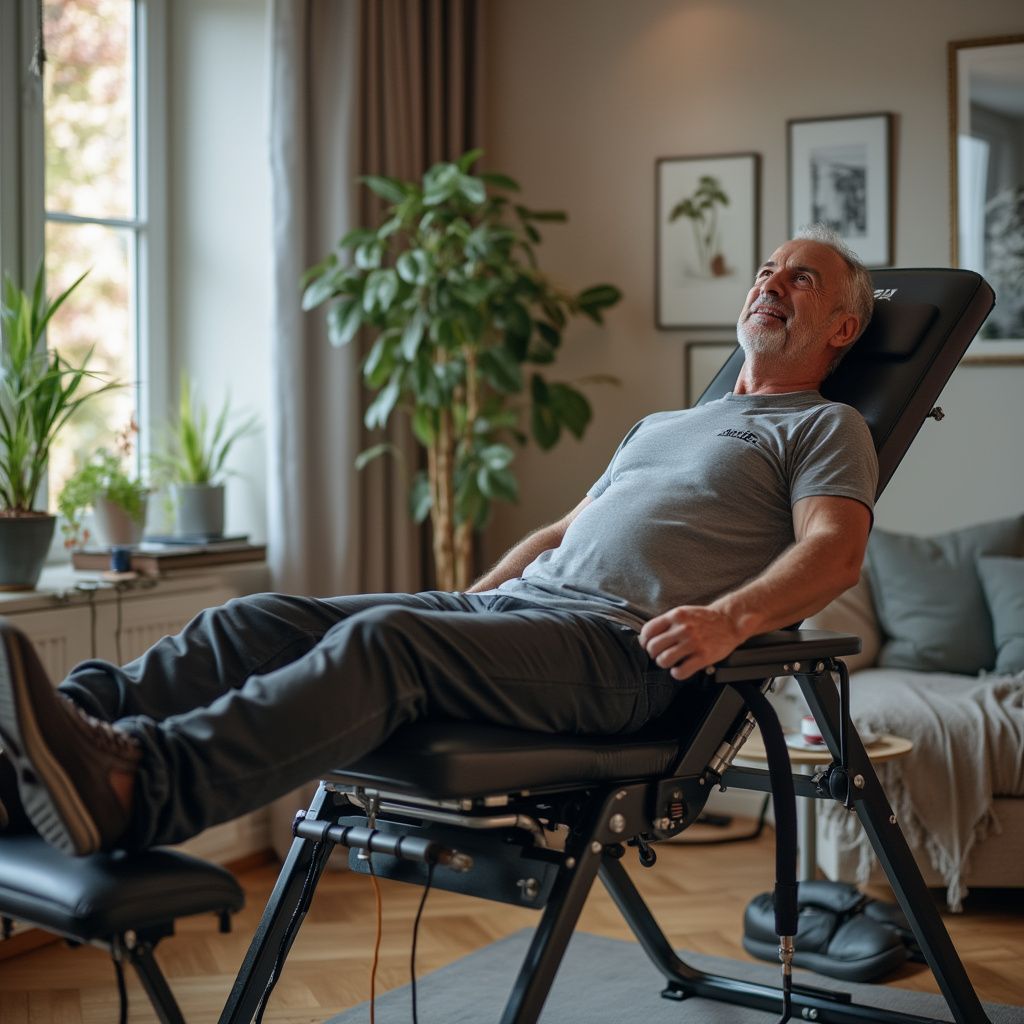
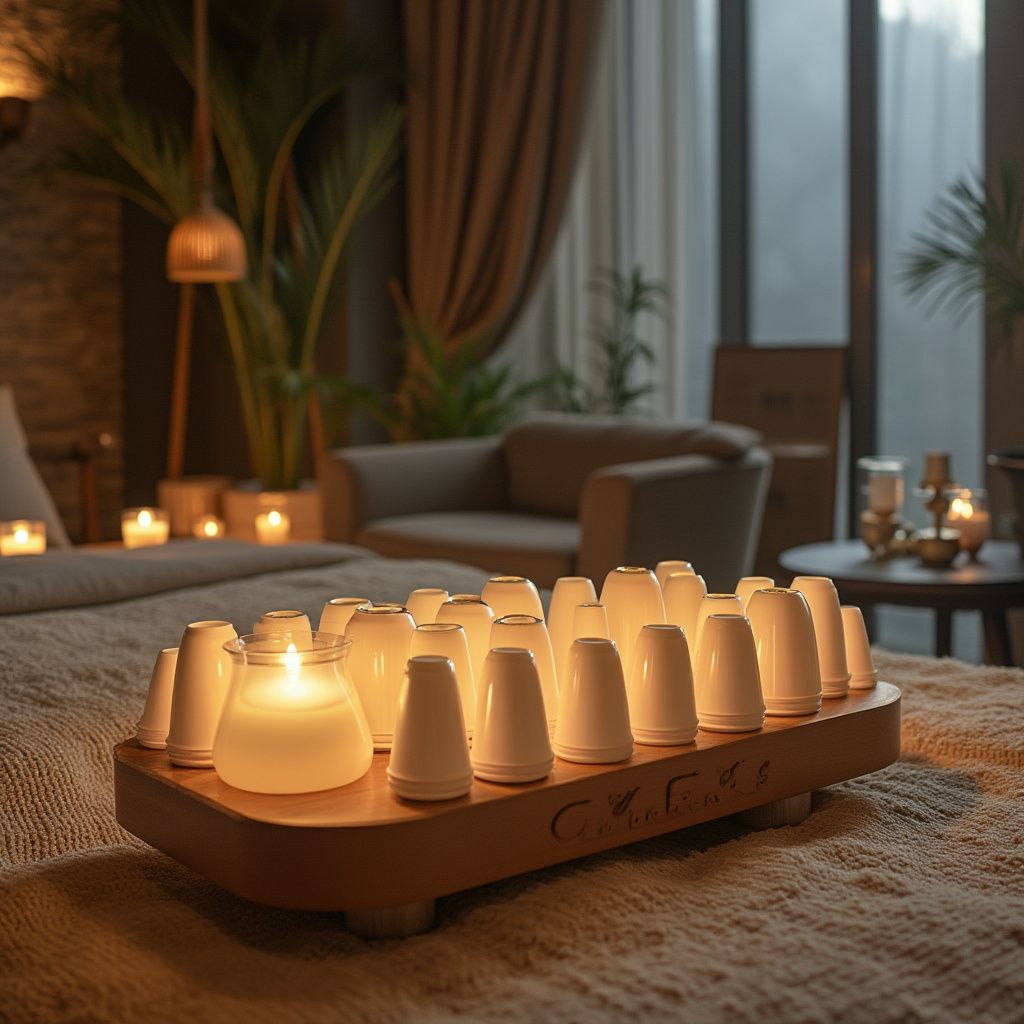

Hinterlasse einen Kommentar
Diese Website ist durch hCaptcha geschützt und es gelten die allgemeinen Geschäftsbedingungen und Datenschutzbestimmungen von hCaptcha.